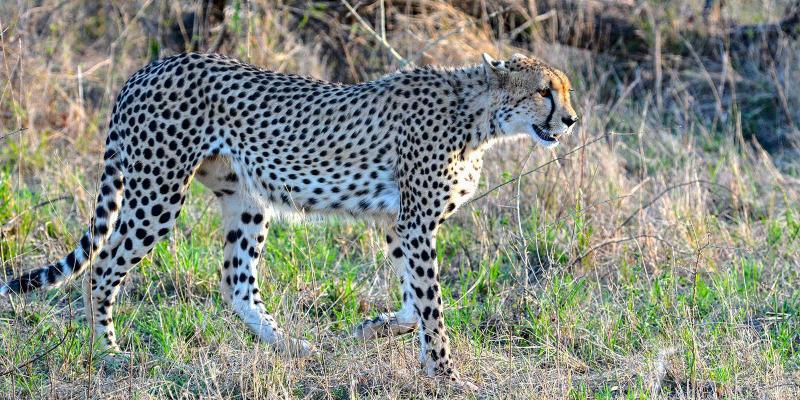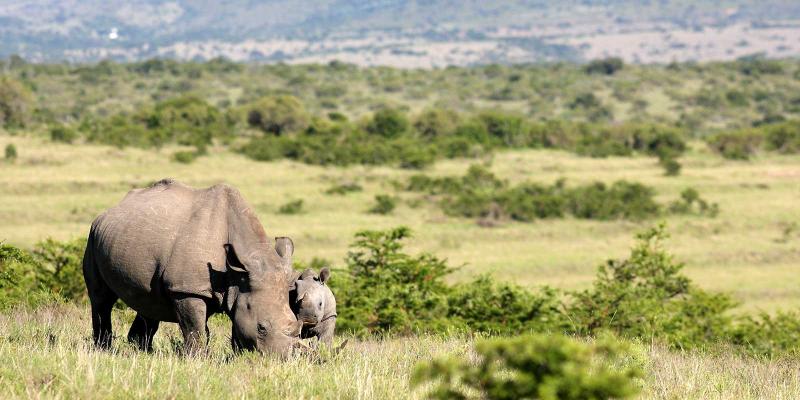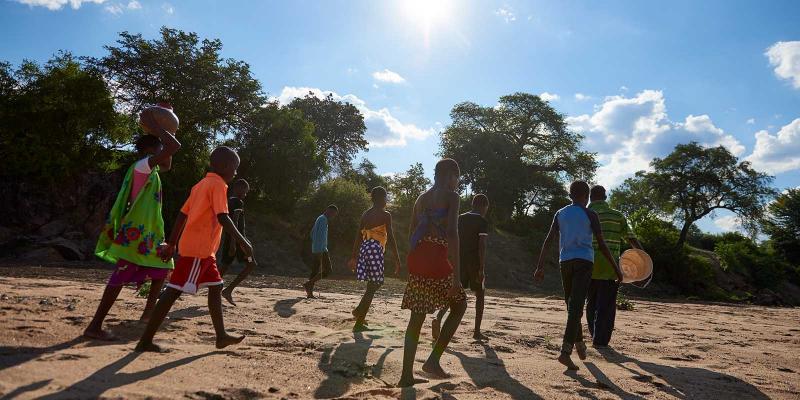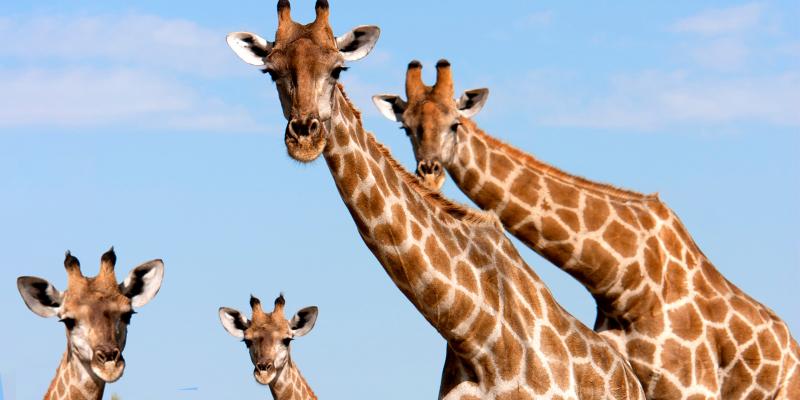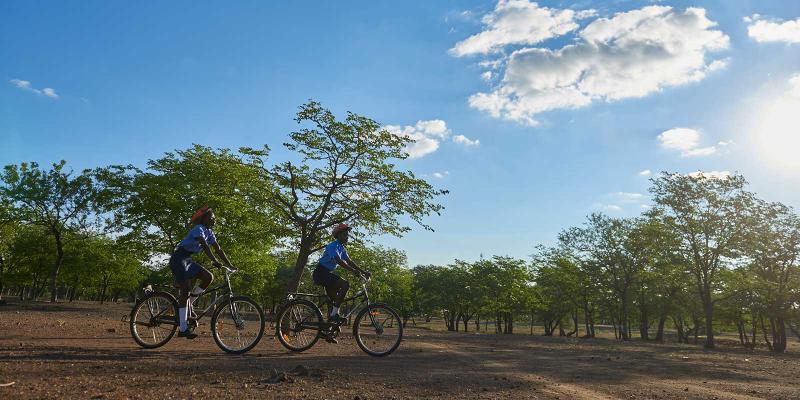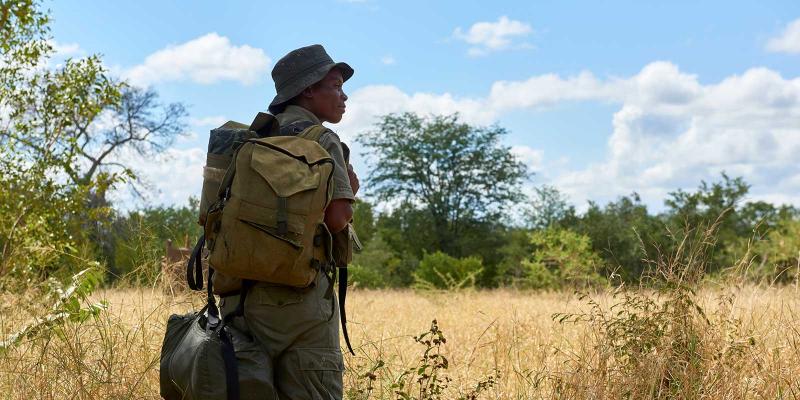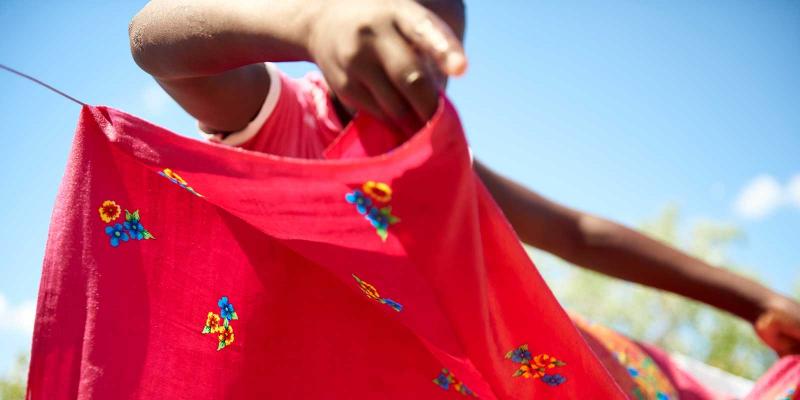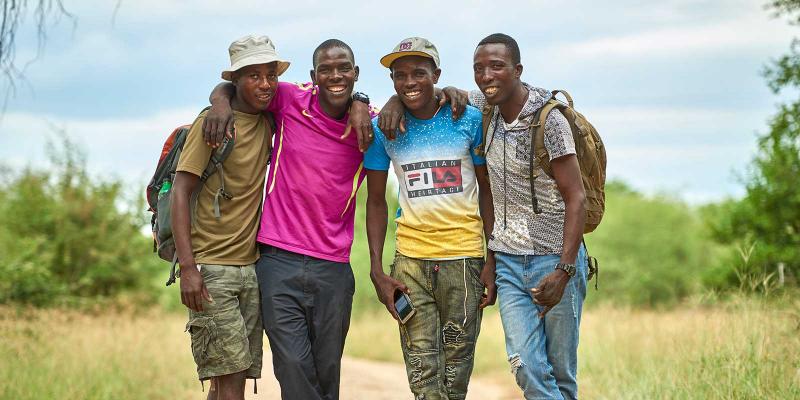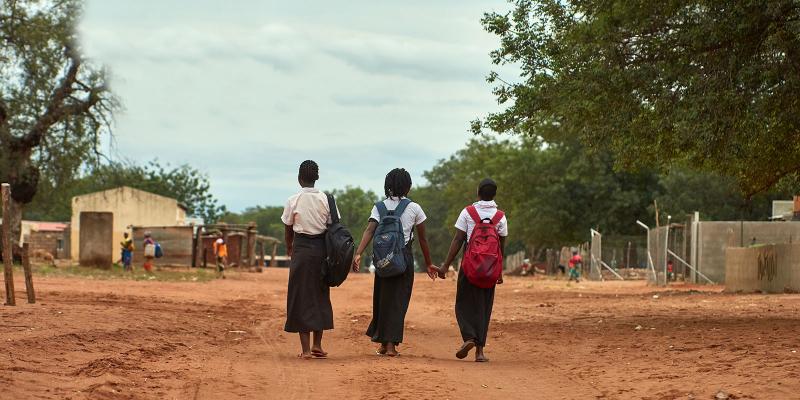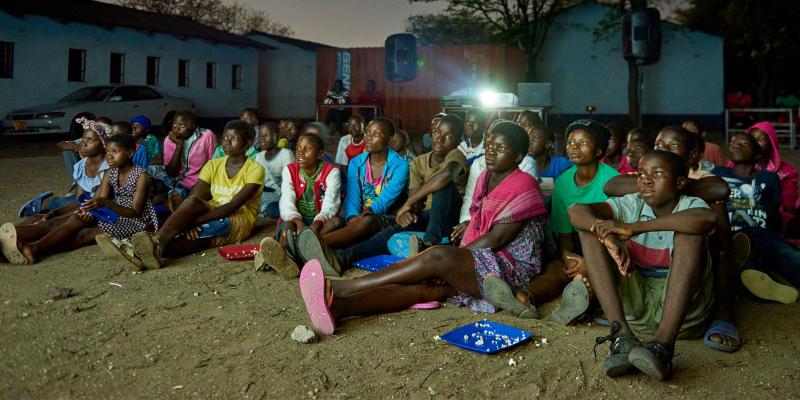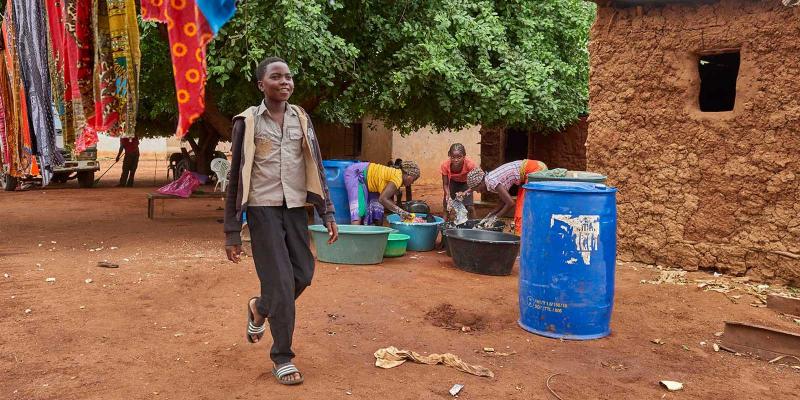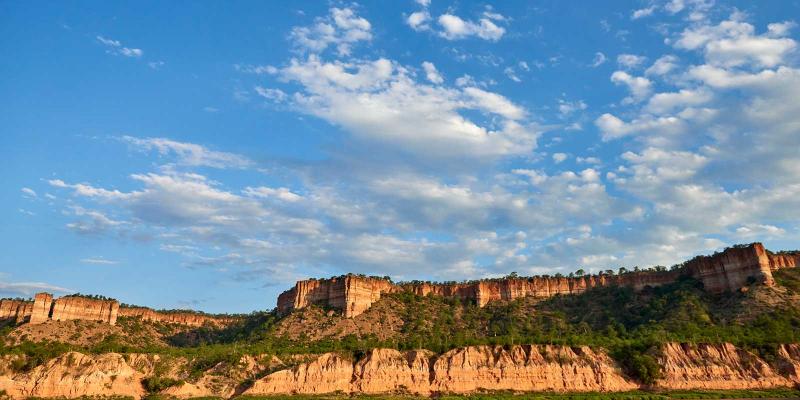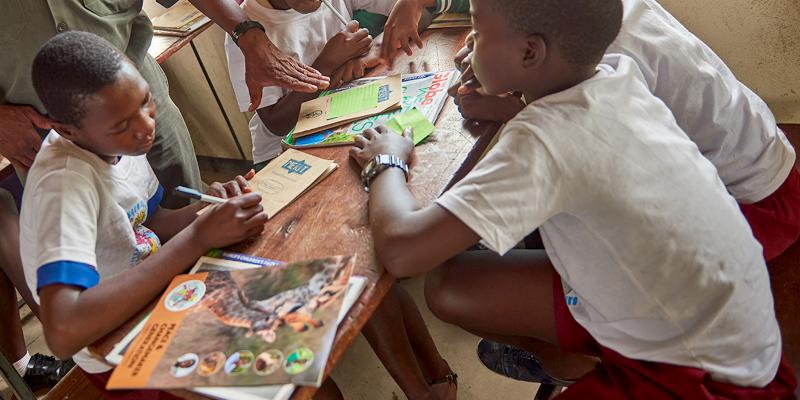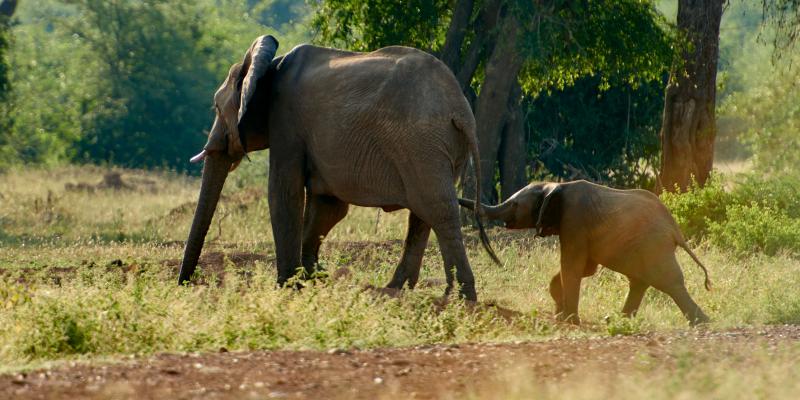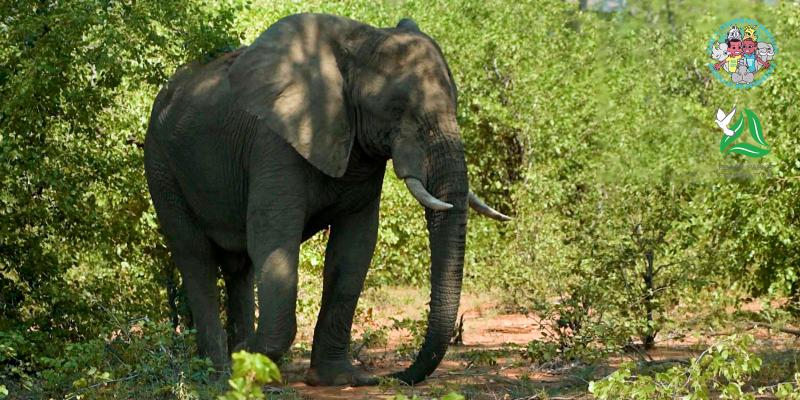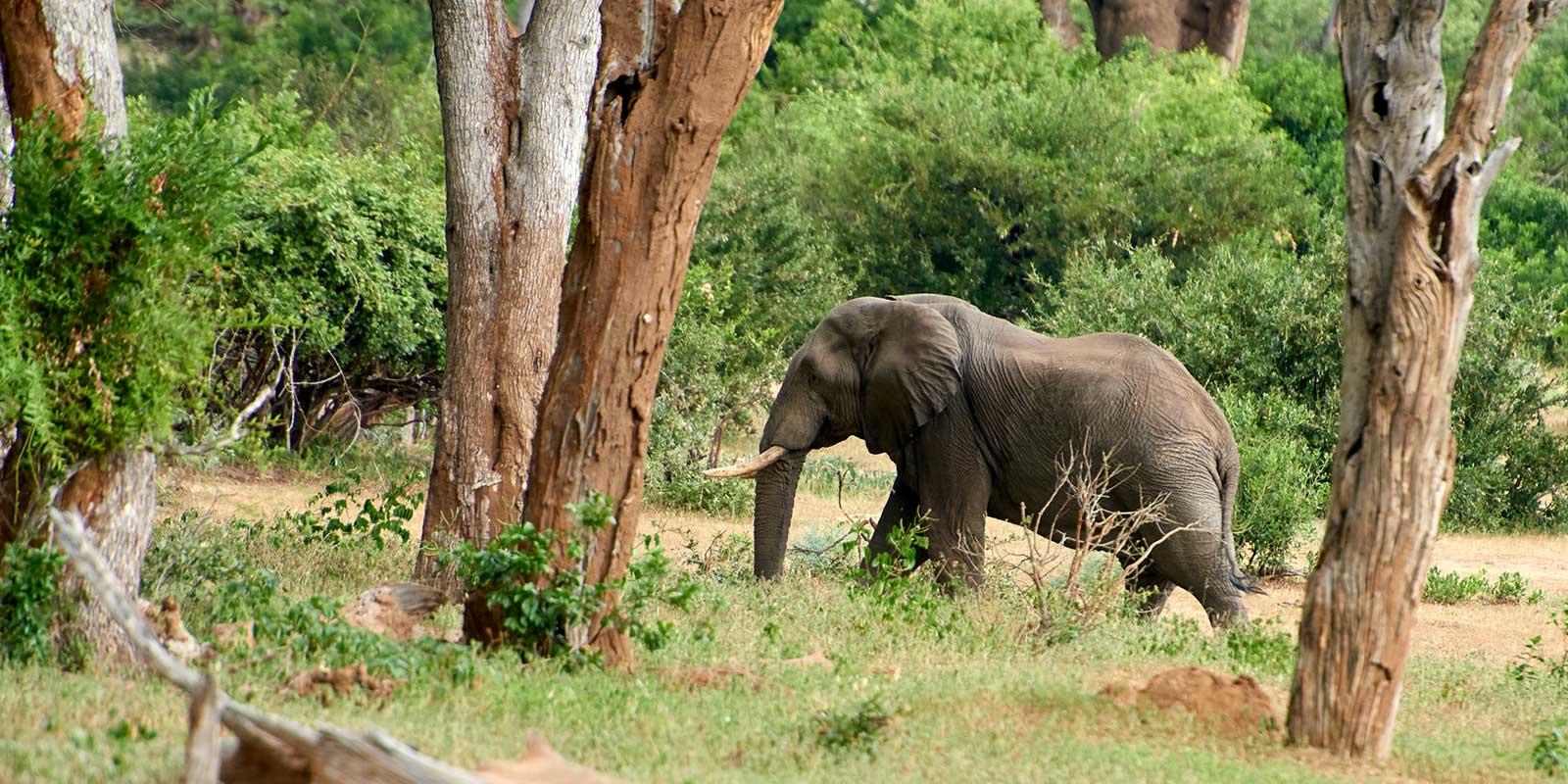
The African bush elephant is the largest terrestrial animal and can be more than 12 feet tall, weighing about 14,000 pounds.
All African elephants, including females, have tusks. Led by a matriarch, elephants are organised into social structures of females and calves. A single calf is born to a female once every 4–5 years and after a gestation period of 22 months – the longest of any mammal.
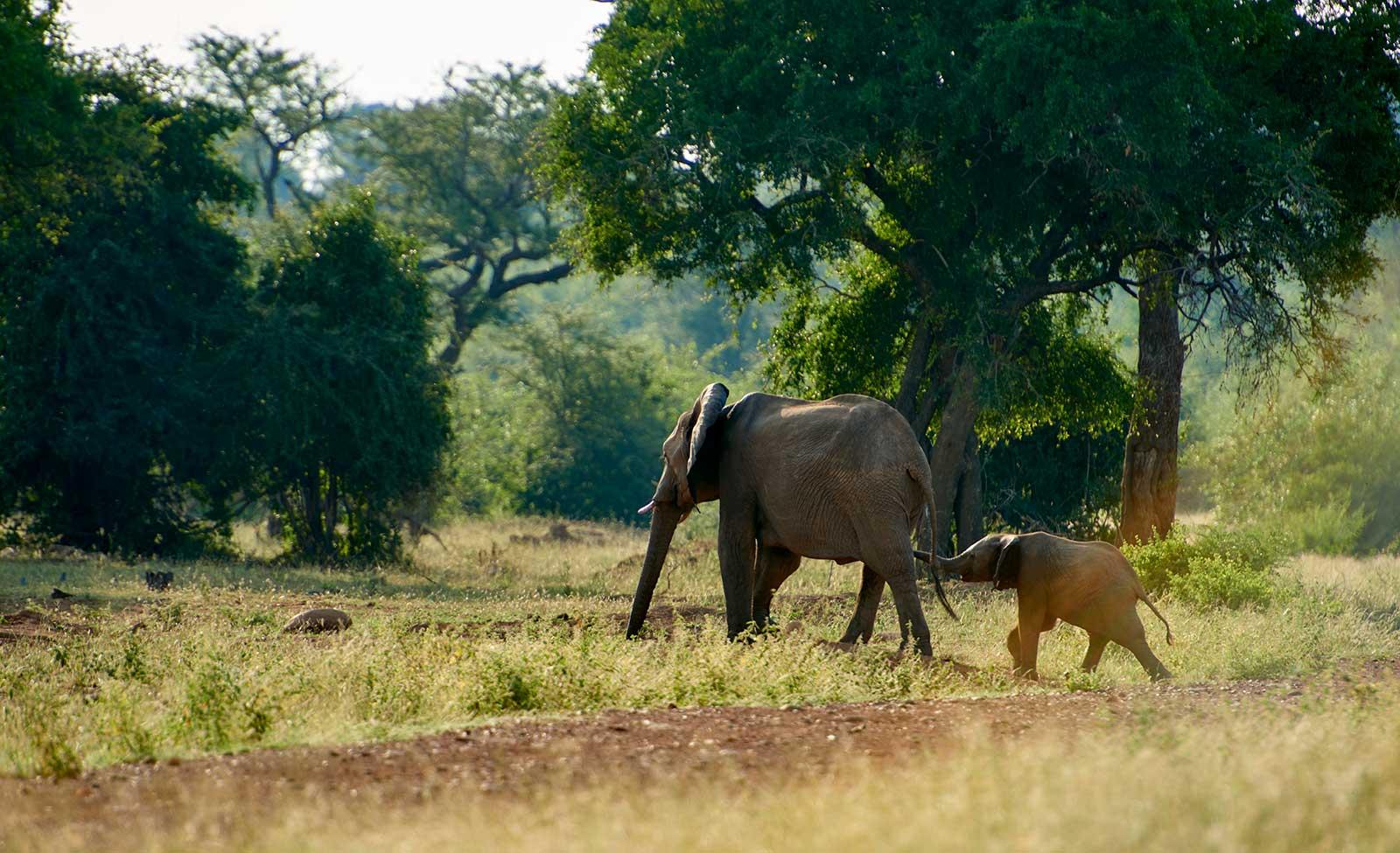
Elephants are known as a keystone species, and have a significant impact on their environment and affect the biodiversity surrounding them. They can spend up to 12 hours a day eating. As a result, these large mammals place great demands on the environment and often come into conflict with people.
Elephants play a vital role in balancing natural ecosystems. As they trample forests and dense grasslands, they make room for smaller species to co-exist. Elephants are also water providers to other animals. They will use their feet, trunks, and tusks to create a hole. These elephant-made watering holes are then available for all animals to drink from.
Elephants are a main attraction in the eco-tourism sector, which creates thousands of jobs. Losing elephants as one of The Big Five will have a devastating impact on the benefits brought about by thriving nature-based industries.
Under threat
Elephant numbers have dropped by 62% over the last decade, with 350,000 remaining in Africa. Some 29,500 elephants roam through the Great Limpopo Transfrontier Park. Gonarezhou in Zimbabwe is home to 11,000 of them, whilst in the Limpopo Park in Mozambique, 1,500 elephants remain.An estimated 100 African elephants are killed each day by poachers seeking ivory, meat and body parts. They are losing their lives so that the ivory can be used to make carved ornaments and jewelry in Asia, mainly China. Elephants are also often slain for trophy hunting, or as a result of human-wildlife conflict.
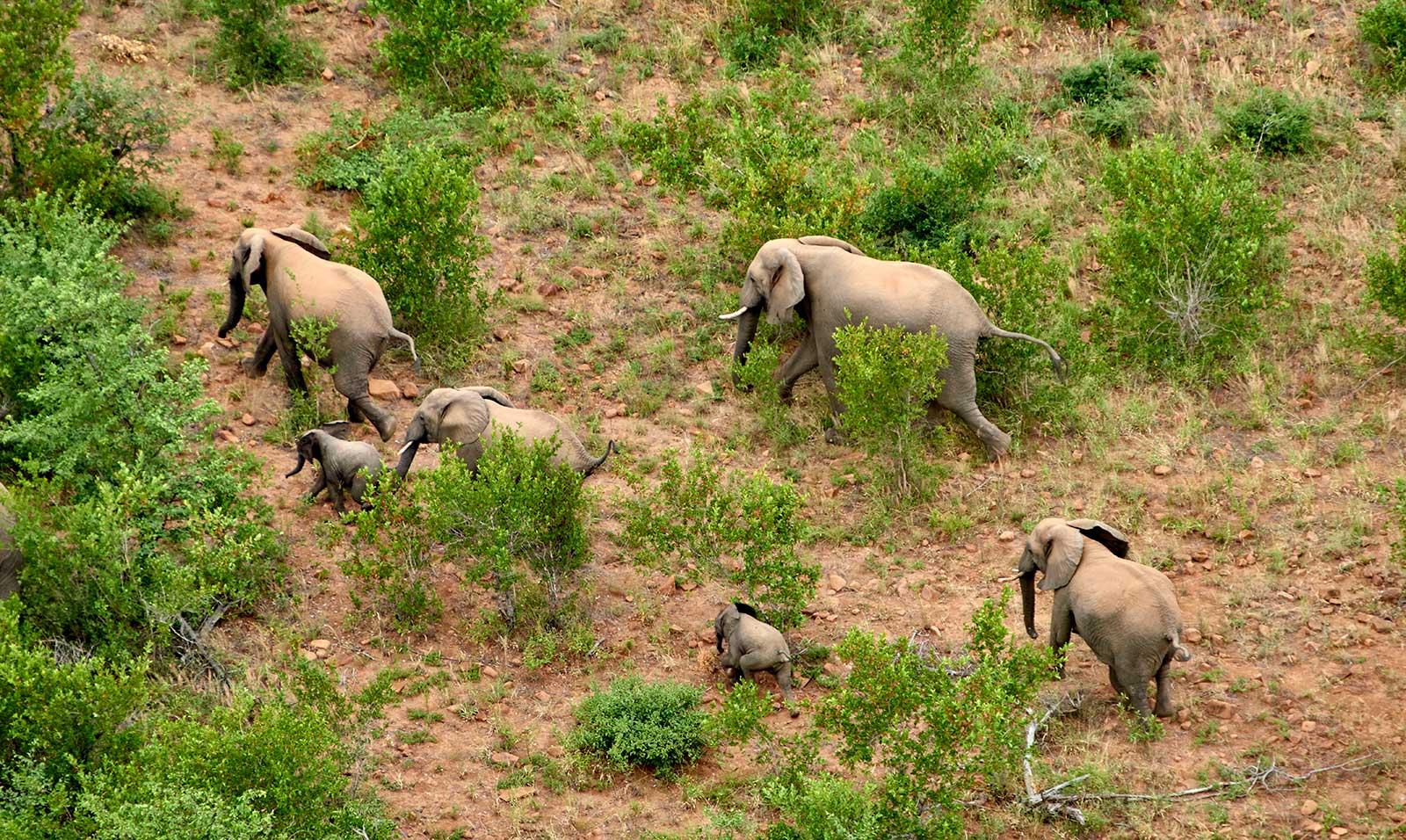
All African elephants, including females, have tusks. Led by a matriarch, elephants are organised into social structures of females and calves. A single calf is born to a female once every 4–5 years and after a gestation period of 22 months – the longest of any mammal.
Taking action
In order to protect elephants across the world, there is a ban on international trade in elephant tusks (ivory). Despite this, the poaching of elephants continues. Interventions to safeguard elephants include:• Facilitating the establishment of large protected zones, such as Great Limpopo Transfrontier Park, that provide enough space for the free movement of elephants.
• Assisting communities with means of protecting themselves and their crops from wildlife.
• Working with communities who live alongside parks to develop economic alternatives to poaching.
• Spreading knowledge in countries that buy illegal ivory.
Related stories
Långgatan 13, 647 30, Mariefred, Sweden
Phone: +46-159-129 00 • info@worldschildrensprize.org
© 2020 World’s Children’s Prize Foundation. All rights reserved. WORLD'S CHILDREN'S PRIZE®, the Foundation's logo, WORLD'S CHILDREN'S PRIZE FOR THE RIGHTS OF THE CHILD®, WORLD'S CHILDREN'S PARLIAMENT®, WORLD'S CHILDREN'S OMBUDSMAN®, WORLD'S CHILDREN'S PRESS CONFERENCE® and YOU ME EQUAL RIGHTS are service marks of the Foundation.



